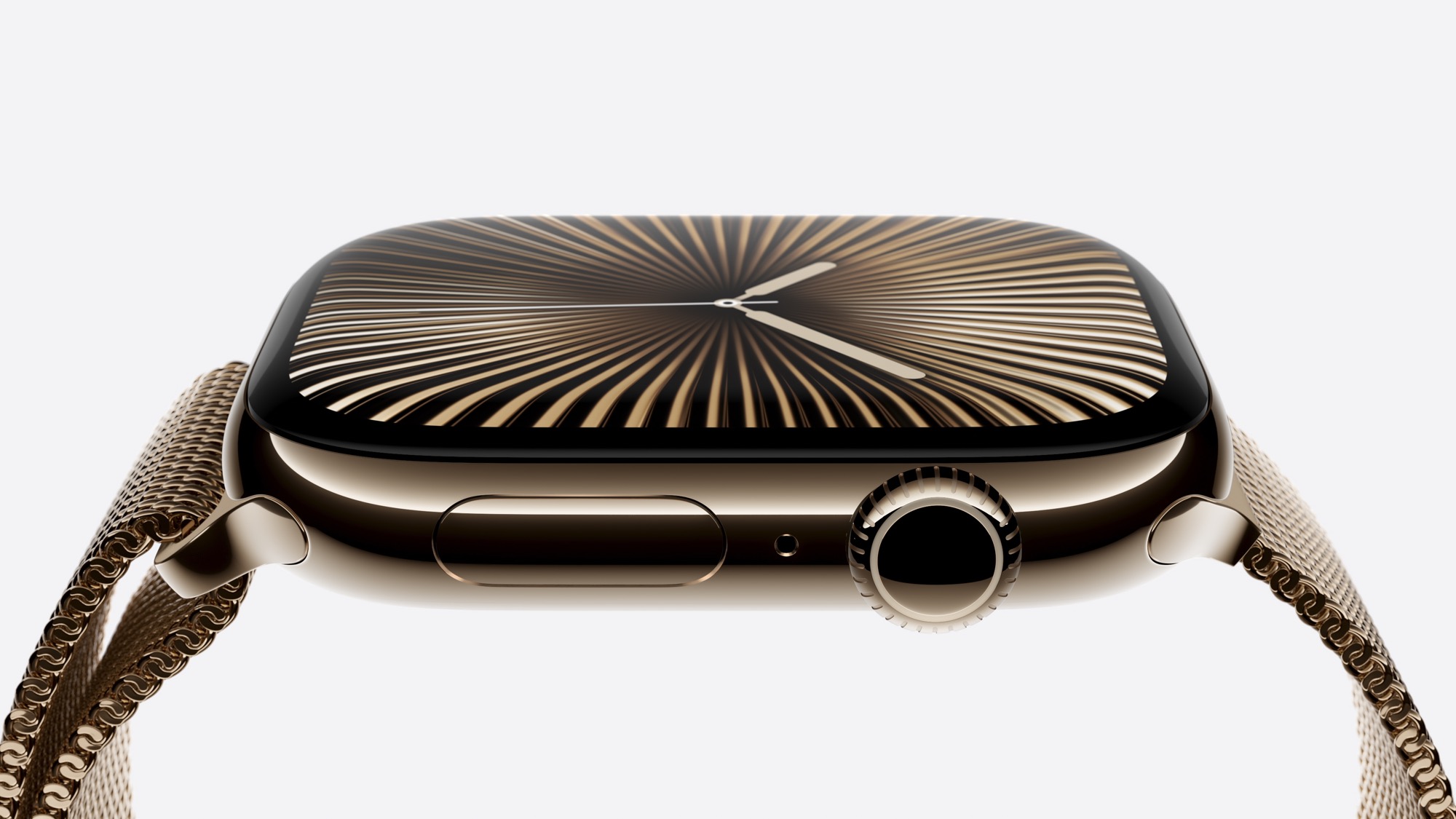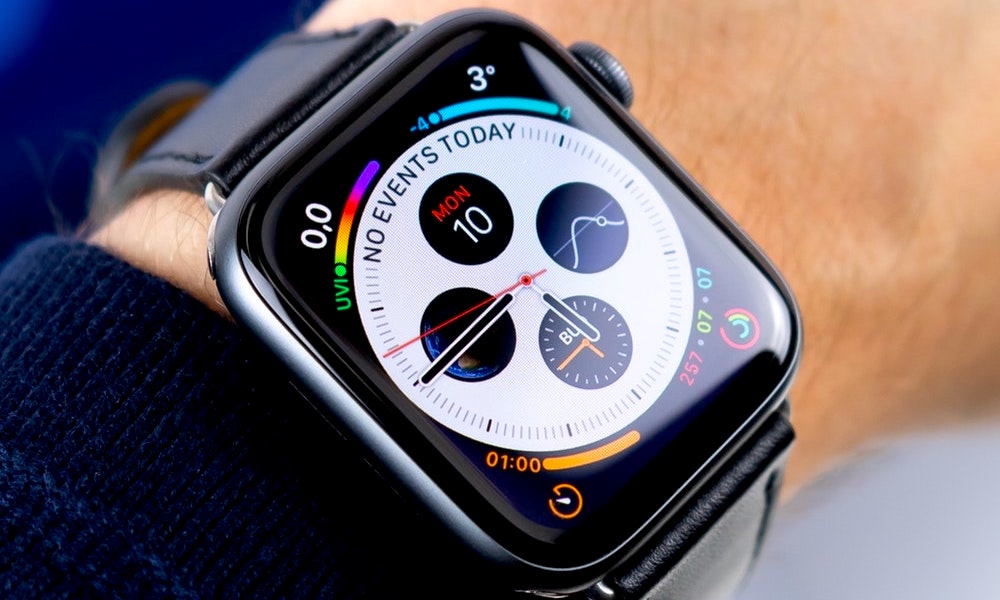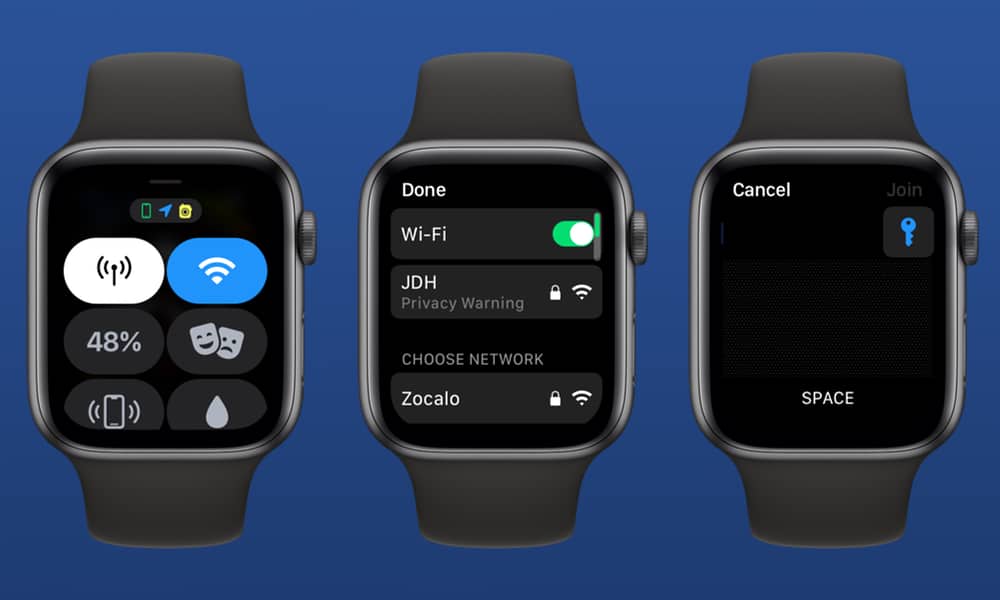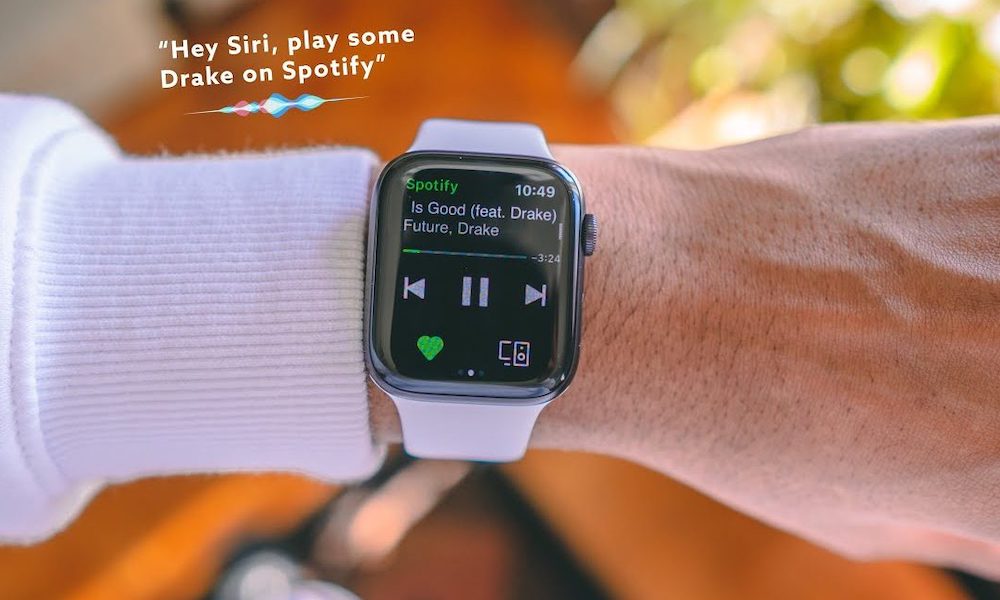Should You Buy a Cellular Apple Watch?

Toggle Dark Mode
Whether you’re shopping for the latest Apple Watch Series 10 or looking to take advantage of a great Prime Day Deal on the Apple Watch SE, one question on your mind may be whether to spend the additional money for a cellular-capable Apple Watch or spring for the more affordable “GPS” model.
While that may seem like a tough call, the good news is that it’s not as complicated as it sounds. While the early Apple Watch cellular models were often more powerful in other ways, recent versions have closed that gap to the point where the LTE radio is really the only difference to be concerned with.
For example, when the Apple Watch Series 3 introduced cellular capabilities, the GPS+Cellular model had twice the storage capacity at 16 GB versus 8 GB on the GPS model, plus a nicer ceramic and sapphire crystal back. That weaker start for the GPS model led some to believe that it continues to lag behind the GPS+Cellular version, but nothing could be farther from the truth.
When Apple released the Series 4 in 2018, both versions were on par, featuring the same 16 GB storage capacities and ceramic and sapphire crystal back. Since then, the only difference between the two versions, other than the cellular radio, is that the GPS model is only available in the basic aluminum finish.
That brings us to one big reason you may end up with a cellular Apple Watch, even if you don’t care about those capabilities. If you want the more stylish Titanium Apple Watch Series 10 or Stainless Steel Apple Watch Series 9, you’re getting the GPS+Cellular version whether you like it or not. The same goes for the Apple Watch Ultra 2.

However, just because your Apple Watch has independent cellular connectivity doesn’t mean you need to hook it up. Most carriers will charge you $10-20 monthly for a cellular plan for your Apple Watch, even if it’s just sharing the same phone number and data bucket as your iPhone. That’s not likely worth it unless you regularly leave your iPhone behind.
Even in that case, you may be surprised at what the GPS Apple Watch can do without an iPhone nearby. You can still hop onto a nearby Wi-Fi network to send and receive messages and make FaceTime audio calls from your wrist. On some carriers, you may even be able to make cellular calls through your iPhone if you have Wi-Fi calling enabled.
Naturally, you can also stream music, podcasts, and audiobooks over Wi-Fi, download new apps from the App Store, check the weather, track your stocks, talk to Siri, and even control devices in your home. None of these things require a cellular Apple Watch — merely a Wi-Fi connection.
Of course, you have to be near a Wi-Fi network for those things to work, and it can’t be a “captive” network that requires a login or subscription, which rules out most public hotspots. That’s why the cellular model is better for ensuring you can always stay in touch.
However, even if you’re entirely offline, you can still play music, podcasts, and audiobooks that have been synced to your watch, display photos from synced albums, make purchases with Apple Pay, and use most of your Apple Watch health and fitness features, including GPS-based workout tracking, taking ECG, heart rate, and blood oxygen measurements, and sleep tracking.
Still, if you know you’ll always have your iPhone nearby, there’s little need to worry about paying extra for a GPS+Cellular Apple Watch or the service plan that’s required to use it.
However, it may be worth opting for the cellular version of the Apple Watch for peace of mind, even if you don’t want to pay for a plan. In many countries, including the US and Canada, all cellular-capable devices are required to be able to contact emergency services (e.g., 911), even if they aren’t connected to a plan. If you find yourself in trouble, stranded somewhere with a dead or lost iPhone, a cellular Apple Watch could become your only lifeline to reach out for help. That’s something a GPS-only model simply can’t do.











